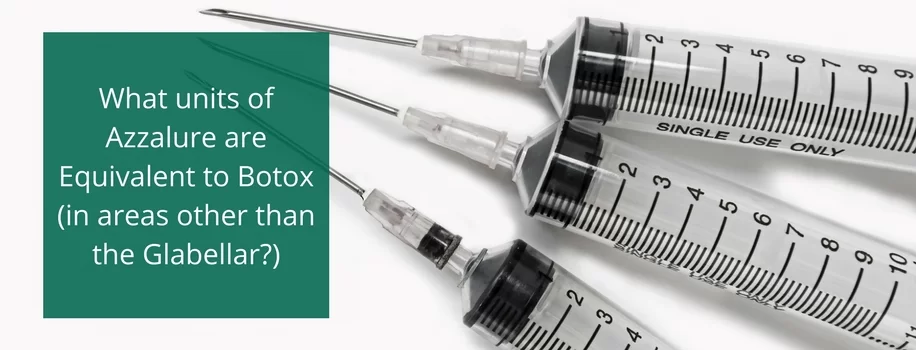It is a well known fact that great teeth can transform a face and takes years off.
A dentist is a highly skilled professional who understands the make up of the face better than most. Trained in the detailed anatomy and muscular structure, there is no-one who appreciates more the effect that good teeth and firm skin can have on a person`s confidence and nobody understands better how to achieve that outcome.
Dentists have used cosmetic methods like teeth whitening kits for many years to improve their patients’ aesthetic appearances. More recently, however, dentists have started to appreciate the natural link between dentistry, Botox and dermal filler treatments and practices are starting to branch out into this new area.
Botox has been used to treat issues such as temporopmandibular joint disorders and for treatment of chronic migraines and now more and more are looking at its use for aesthetic treatments.
Botox injections and facial fillers are leading the way in the cosmetic procedures department, being largely non- invasive forms of treatment, in comparison with breast surgery or skin tucks and demand is strong.
Approved by the U.S. Food and Drug Administration in 2002 for use cosmetically, Botox is now a widely used and safe procedure enjoyed by many and works by relaxing the muscles that cause wrinkles by movement. Dermal fillers plump out and smooth away wrinkles.
The medical aesthetic industry is made up of practitioners from doctors, dentists and nurses with Professional Associations such as the Association of Facial Aesthetics, who exist to protect, help and support dentists within this field.
As demand grows, so do career opportunities for fully trained individuals in this area. The huge growth is demonstrated by the successful launch in 2010 of the Cosmetic News Expo, offering a chance for cosmetic dentists to gain free education in this field of expertise. Hand in hand with the Expo is a free monthly publication, Cosmetic News, which is full of information for practitioners.
There is plenty of room in the industry for dentists to study with leading training providers like Cosmetic Courses in Botox and Dermal Fillers then go on to become big success stories in their own rights.
Examples of dentists who have moved successfully into the medical aesthetics industry include Dr Komal Suri, who has a passion for beautiful smiles, having trained extensively to be the best she can be. She has attended Aesthetic Advantage Training in New York and studies with the American Academy of Cosmetic Dentistry as well as the British Academy of Cosmetic Dentistry and has attended Master classes.
Dr Brian Franks is a facial aesthetics clinician specialising in wrinkle reduction injections and dermal fillers and as a member of several Aesthetic Facial Associations is well respected in his field. His involvement in this field was a natural progression as demand grew for these services. Both dentists and many more regularly appear on the cosmetic dentistry guide and are recognised as experts who have understood the natural progression from dentistry to cosmetic facial work.
If you would like more information about training courses in Medical Aesthetics for dentists with Cosmetic Courses, please call us today on 0845 230 4110












